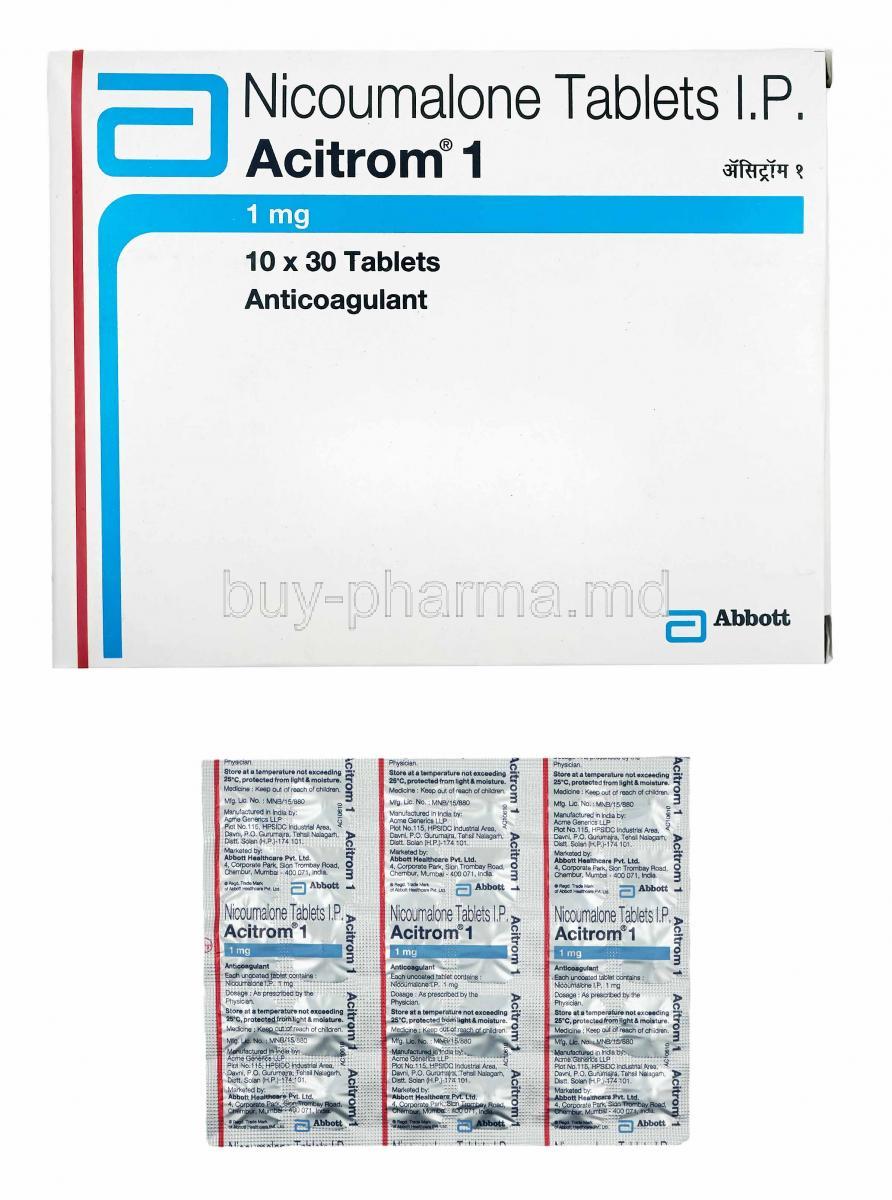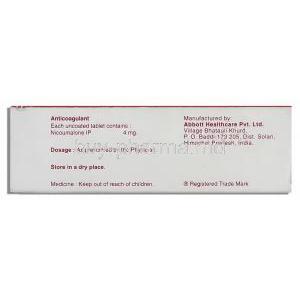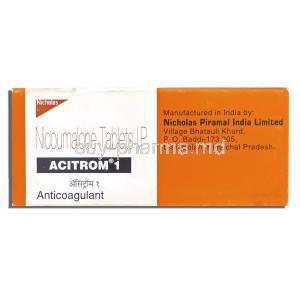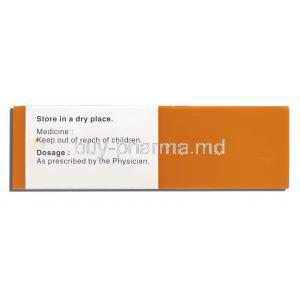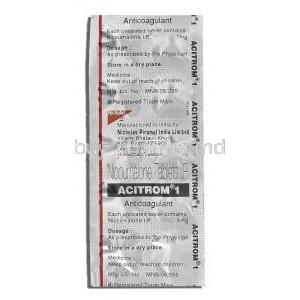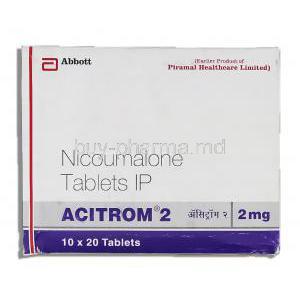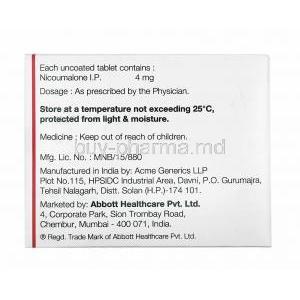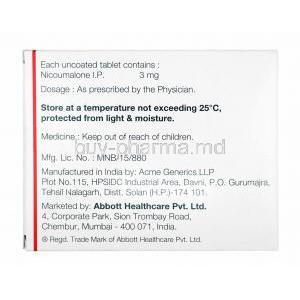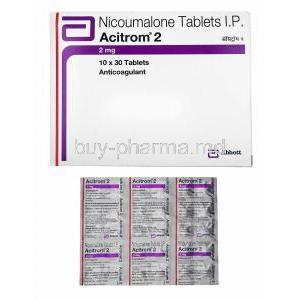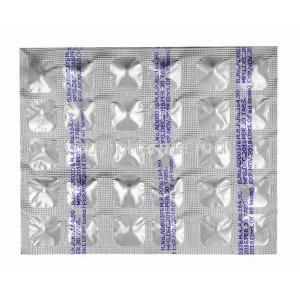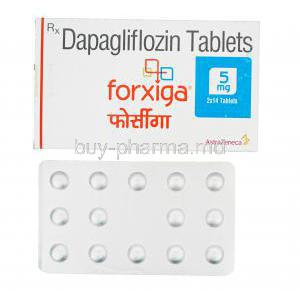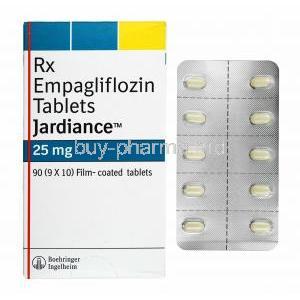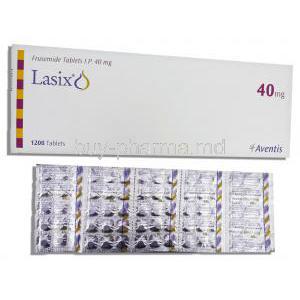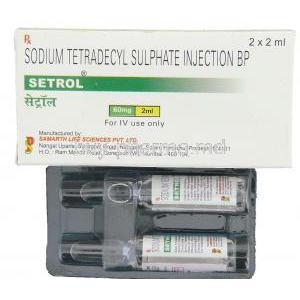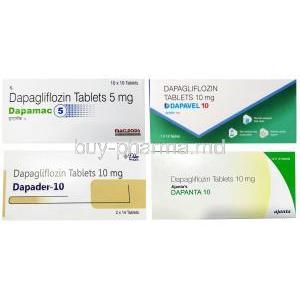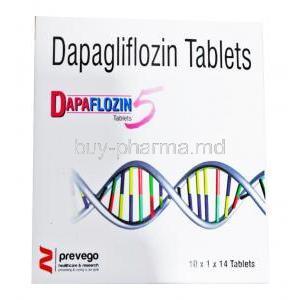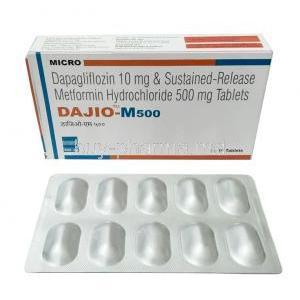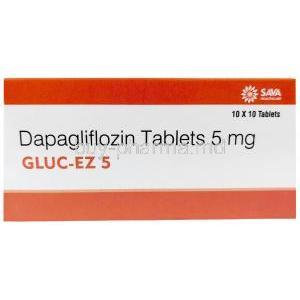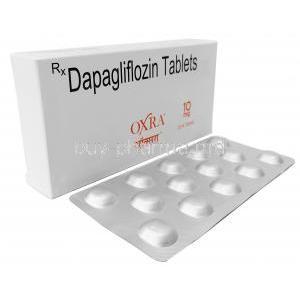Introduction
Acitrom, containing the active ingredient Nicoumalone, is an oral anticoagulant belonging to the coumarin derivative class of medications. It plays a vital role in the prevention and treatment of thromboembolic disorders by modulating the body’s natural clotting mechanisms. As a vitamin K antagonist, Acitrom offers a therapeutic effect comparable to warfarin but with individualized dosing flexibility.
Clinically, Acitrom is indispensable for patients susceptible to deep vein thrombosis, pulmonary embolism, and cardioembolic stroke. Introduced as a safer alternative to older anticoagulants, it remains a cornerstone in long-term anticoagulant therapy worldwide. When compared with warfarin, Nicoumalone demonstrates a similar pharmacological profile, though dose titration and monitoring requirements differ based on individual metabolism and dietary factors.
Composition and Formulation
Each tablet of Acitrom contains Nicoumalone as the active component, a synthetic derivative of coumarin characterized by its potent inhibition of vitamin K-dependent clotting factors.
- Active ingredient: Nicoumalone (chemical formula: C15H11NO3)
- Available strengths: Tablets are typically available in 1 mg, 2 mg, 3 mg, and 4 mg formulations, identifiable by color-coded coatings for easy differentiation.
- Excipients: Lactose, maize starch, magnesium stearate, and coloring agents to ensure tablet stability and bioavailability.
- Packaging: Supplied in blister packs to maintain potency and protect against humidity.
Mechanism of Action – How Acitrom Works
Nicoumalone exerts its anticoagulant action by inhibiting the vitamin K epoxide reductase complex (VKORC1). This blockade prevents the regeneration of reduced vitamin K, a crucial cofactor in the post-translational carboxylation of clotting factors II, VII, IX, and X.
- Reduction in these coagulation factors delays thrombin formation.
- The anticoagulant effect becomes evident within 24–48 hours, reaching a steady therapeutic state after several days.
- Its duration of action typically persists for 2–4 days post discontinuation.
In overdose or excessive anticoagulation, reversal can be achieved using vitamin K administration or plasma transfusion, depending on severity.
Clinical Uses and Indications
Approved Medical Uses
- Venous Thromboembolism (VTE): Prevents and treats blood clots in deep veins.
- Pulmonary Embolism (PE): Reduces recurrence of embolic events in the lungs.
- Atrial Fibrillation: Prevents cardioembolic strokes due to irregular heart rhythm.
- Prosthetic Heart Valve Replacement: Maintains anticoagulation to prevent valve thrombosis.
- Post-Myocardial Infarction Prophylaxis: Reduces the risk of thrombotic complications following cardiac events.
Off-Label and Investigational Uses
- Management of antiphospholipid antibody syndrome.
- Long-term prophylaxis in inherited thrombophilia and hypercoagulable disorders.
- Prevention of recurrent transient ischemic attacks (TIA).
- Adjunctive therapy for peripheral arterial disease where anticoagulation is beneficial.
Dosage and Administration
Recommended Adult Dosage
Initial dosage is determined based on Prothrombin Time (PT) or INR levels. Typically, therapy begins with a low dose (1–3 mg daily), gradually adjusted to maintain target INR values between 2.0 and 3.5, depending on clinical indication.
Several variables influence dosing, including:
- Age and body mass
- Dietary vitamin K intake
- Drug-drug interactions and comorbidities
Special Instructions for Dose Adjustment
- Target INR range: 2.0–3.0 (standard) or 2.5–3.5 for prosthetic heart valves.
- INR monitoring frequency: every 2–4 weeks, or more frequently after dose modification.
- If a dose is missed, the patient should skip the forgotten tablet and continue the next day; double dosing is discouraged.
Route and Timing of Administration
Acitrom is administered orally once daily at the same time each day, with or without food. Consistency in timing minimizes INR fluctuations and enhances therapeutic stability.
Pharmacokinetics and Pharmacodynamics
- Absorption: Rapidly absorbed from the gastrointestinal tract, with high oral bioavailability.
- Protein Binding: Approximately 98% bound to plasma albumin.
- Metabolism: Extensively metabolized in the liver via the cytochrome P450 pathway.
- Elimination: Excreted primarily through urine and bile; plasma half-life ranges from 20–40 hours.
Side Effects of Acitrom
Common Side Effects
- Minor bleeding such as gum or nosebleeds
- Nausea, stomach discomfort, or appetite loss
- Headache and lightheadedness
- General fatigue and weakness
Serious and Rare Side Effects
- Severe bleeding or hemorrhage requiring hospitalization
- Liver enzyme elevation or jaundice
- Skin necrosis or purple toe syndrome
- Allergic rash or hypersensitivity reactions
Drug Interactions
Pharmacodynamic Interactions
- Enhanced bleeding risk with antiplatelet drugs such as aspirin or clopidogrel.
- Increased gastrointestinal bleeding when combined with NSAIDs or COX-2 inhibitors.
- Herbal supplements like ginkgo, garlic, and ginseng can potentiate anticoagulant effects.
Pharmacokinetic Interactions
- Altered metabolism with CYP450 inhibitors (ketoconazole, erythromycin) or inducers (phenytoin, rifampicin).
- Antibiotics and antifungals may enhance bleeding tendency by suppressing gut flora that produce vitamin K.
- Alcohol intake and sudden changes in dietary vitamin K (green vegetables) can destabilize INR control.
Contraindications
- Hypersensitivity to Nicoumalone or any coumarin derivatives.
- Active bleeding or bleeding disorders (e.g., hemophilia, peptic ulcer).
- Severe liver or kidney impairment affecting metabolism.
- Pregnancy, especially during the first trimester, due to teratogenic risks.
- Uncontrolled hypertension or recent surgical wounds posing hemorrhagic risk.
Strict medical supervision and periodic laboratory evaluation are essential for safe and effective use of Acitrom in all therapeutic settings.
Warnings and Important Precautions
Therapeutic management with Acitrom necessitates vigilant observation and disciplined dosing to maintain safety and efficacy. The drug’s anticoagulant effect is highly variable among individuals, demanding strict INR monitoring to prevent both under- and over-anticoagulation. Regular laboratory evaluation is the cornerstone of therapy optimization, ensuring stable coagulation balance.
- Bleeding Risk Assessment: Evaluate patients for existing conditions that may predispose to hemorrhage, including gastrointestinal ulcers, hepatic dysfunction, and concurrent use of other anticoagulants or NSAIDs.
- Preventive Measures: Maintain a consistent diet and avoid abrupt changes in vitamin K intake to prevent INR fluctuations. Patients should be instructed to report any signs of unusual bruising or bleeding promptly.
- Vitamin K-Rich Foods: Excessive consumption of spinach, kale, and other leafy greens can antagonize nicoumalone’s effect. Patients should aim for dietary consistency rather than complete restriction.
- Pre-Surgical and Dental Management: Temporary discontinuation or dosage adjustment may be required before surgical or dental procedures to reduce hemorrhagic complications. Coordination between the physician and procedural specialist is essential.
- Peptic Ulcer and Liver Disease: Caution is mandatory in individuals with gastrointestinal ulcers or hepatic impairment due to increased bleeding susceptibility and altered drug metabolism.
Careful Administration
Acitrom should be prescribed with prudence in patients presenting with systemic comorbidities. Those with hypertension, diabetes mellitus, or renal insufficiency may exhibit heightened sensitivity to its anticoagulant effect, necessitating close clinical supervision.
- Laboratory Surveillance: Periodic monitoring of platelet count, liver function, and INR ensures therapeutic consistency and early detection of toxicity or bleeding tendencies.
- Avoid Abrupt Discontinuation: Sudden cessation can lead to rebound hypercoagulability, predisposing to thromboembolic events. Any dose modification should follow medical advice and gradual adjustment.
Administration in Special Populations
Administration to Elderly
Geriatric patients often exhibit age-related pharmacokinetic alterations that enhance drug sensitivity. Decreased hepatic clearance and reduced plasma protein binding increase systemic exposure, amplifying the risk of bleeding complications.
- Start with the lowest effective dose and titrate slowly based on INR results.
- Frequent INR monitoring (weekly or biweekly) is advised until stability is achieved.
- Assess fall risk and polypharmacy interactions, as they may amplify adverse outcomes.
Administration to Pregnant Women and Nursing Mothers
Nicoumalone is contraindicated during pregnancy, particularly in the first trimester, due to its teratogenic potential leading to fetal bleeding, bone malformations, and central nervous system anomalies. Heparin or low molecular weight heparin is the anticoagulant of choice during pregnancy as it does not cross the placenta.
- Women of childbearing potential should use effective contraception during treatment.
- In breastfeeding mothers, minimal drug transfer into milk has been reported; however, close monitoring of the infant for bruising or bleeding is recommended.
Administration to Children
Clinical experience with Acitrom in pediatric populations is limited. When required, dosing should be calculated individually based on body weight and INR response. Monitoring is particularly important in congenital coagulation disorders or pediatric cardiac conditions requiring anticoagulation.
- Regular INR testing and specialist supervision are mandatory.
- Ensure parental education about signs of bleeding and dosage adherence.
Overdosage and Toxicity Management
Overdosage may present as excessive anticoagulation with symptoms such as prolonged bleeding from minor cuts, nosebleeds, hematuria, or melena. Immediate intervention is crucial to avert life-threatening hemorrhage.
- Initial Response: Discontinue Acitrom immediately and assess INR, PT, and hemoglobin levels.
- Reversal Therapy: Administer vitamin K (phytonadione) orally or intravenously, depending on severity. In cases of major bleeding, fresh frozen plasma or prothrombin complex concentrate may be necessary.
- Supportive Measures: Hospitalization, close hemodynamic monitoring, and transfusion support as clinically indicated.
Handling and Storage Precautions
- Storage Conditions: Store Acitrom tablets at a controlled room temperature (15°C–30°C) away from excessive humidity.
- Protection: Keep the medication in its original blister pack to prevent moisture absorption and degradation.
- Handling: Wash hands before and after handling tablets. Avoid splitting or crushing unless directed by a physician.
- Disposal: Unused or expired medication should be discarded responsibly, following pharmaceutical waste guidelines to prevent accidental ingestion.
Patient Education and Lifestyle Considerations
Comprehensive patient education enhances safety and compliance during Acitrom therapy. Individuals should maintain open communication with healthcare professionals and adhere strictly to prescribed monitoring schedules.
- Dietary Management: Maintain a consistent intake of vitamin K-containing foods such as broccoli, spinach, and kale to avoid INR fluctuations.
- Avoid Alcohol and Herbal Remedies: Alcohol, ginseng, garlic, and green tea may interfere with Acitrom’s anticoagulant effect and should be limited or avoided.
- Regular INR Testing: Frequent testing ensures dose precision and minimizes adverse outcomes. Patients should carry an anticoagulant identification card at all times.
- Emergency Preparedness: In case of uncontrolled bleeding, trauma, or surgery, patients must immediately inform medical personnel about their Acitrom therapy to guide appropriate intervention.
Adherence to these safety measures allows patients to derive maximum therapeutic benefit while minimizing potential risks associated with long-term anticoagulation therapy.

